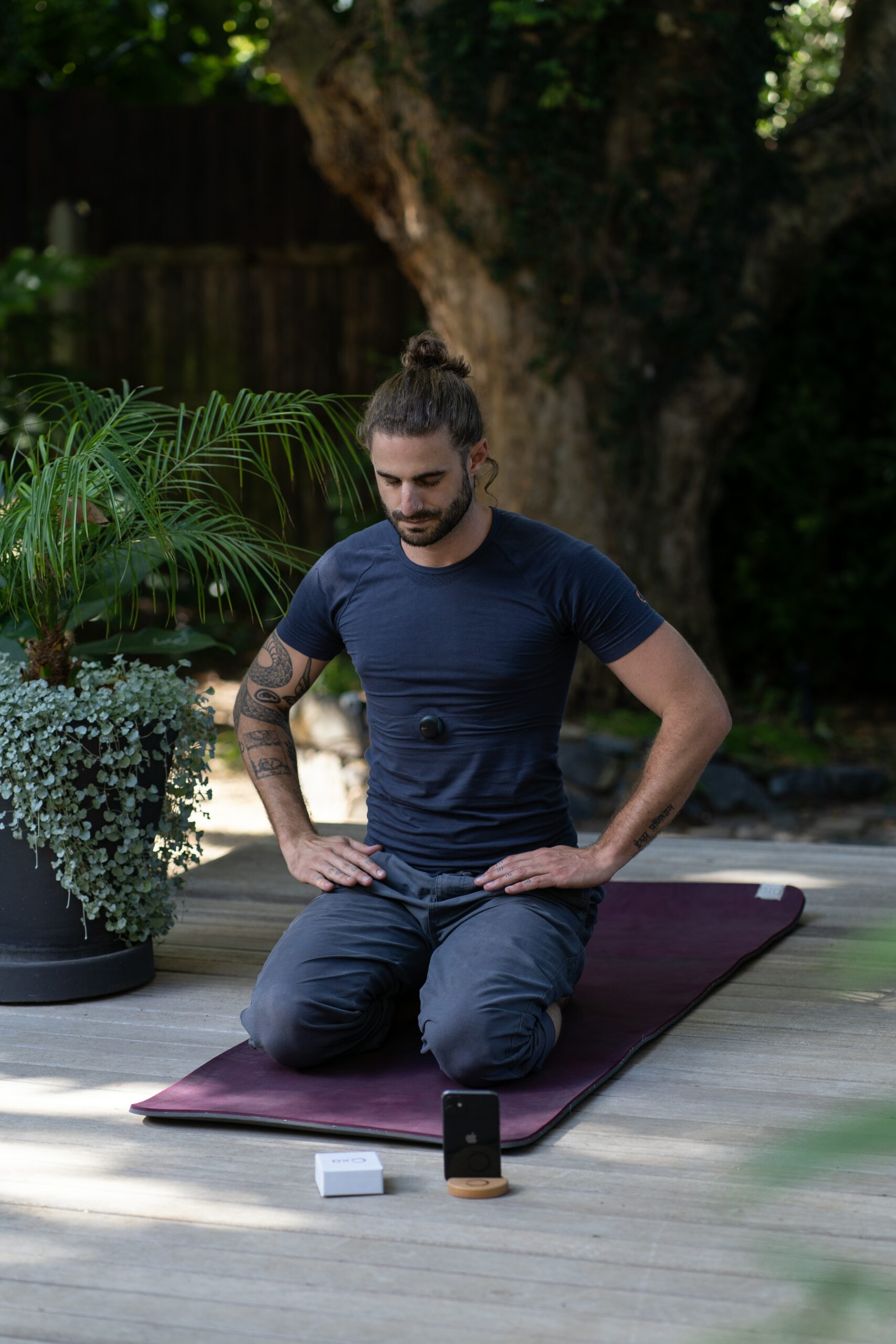How to Bring More Mindfulness into Your Everyday Routine
In our extremely rapidly moving, always-connected world, to find a moment when one doesn’t have to rush, during which one can only be, seems like an act of great luxury. Let me assure you that, on the contrary, you don’t necessarily need to spend hours meditating to be able to practice mindfulness. In fact, mindfulness can be woven into your everyday activities, bringing more calm, focus, and joy into your life. Be it work, family, or the desire to find a moment of centering, here are some ways you can incorporate mindfulness into your daily life.
Begin with Intention
Oftentimes, the way in which you begin your day sets the stage for everything that might follow. Instead of racing out of bed to tick items off the to-do list, take a moment to set an intention for your day. Yet an intention can simply be to approach one’s day with gratitude, patience, or kindness. When you start the day with a clear intention, you frame your mind on things that easily shift your attention, and since the focus is strong and not easily swayed, you have fewer chances of getting off the ground.
Try to make it a habit; incorporate it into your morning routine. The moment you wake up, take a deep breath and think how you want to feel that day. And that little act of mindfulness may just turn the tide in your head and help you navigate your day with more clarity and purpose.
Mindful Breathing
Breathing is among the normal activities but how much do we observe it? Perhaps, mindful breathing is one of the easiest and most effective ways to bring mindfulness into your daily routine. When one practices mindful breathing, a person pays attention to the breath and the observation of its natural rhythm without trying to change it.
Anywhere you are, you can practice mindful breathing: while working at your desk, standing in line, or even when speaking with someone. Start off with a deep inhalation through the nose and let the lungs expand, then slowly breathe out through the mouth. During this exhalation, try to pay full attention only to the sensation of air moving in and out of the body.
A few minutes of mindfulness breathing away the stress, increasing your focus, and bringing you back to the present moment set a simple, easy way to reset: mind and body in the middle of a busy day.
Mindful Eating
Eating is one of those activities that many of us do on autopilot, especially while we have lots of things going on. But making mealtime a mindful one can turn it from a ho-hum task into a time of nourishment and pleasure. Mindful eating means paying attention to the taste, texture, and smell of the food, and also to the sensations in the body while eating.
Also, the next time you sit down to have a meal, enjoy not only the color and smell of your food, but take time for the act of slowly chewing each bite. Notice all of the sensations in your body as you take that meal in. Rid yourself of all the distractions of television or browsing through your phone and notice the act of eating.
Mindful eating will not only enhance your pleasure of food but will also attune you to the body’s hunger and fullness cues that may lead to healthier eating and digestion.
Mindful Breaks
It’s all too easy to get caught up in the whirlwind of our daily lives, but simply taking a few minutes each day to be mindful helps you reset your batteries and stay sharp. A mindful break doesn’t have to be long or complicated—it could mean something as simple as standing up from behind your desk for a few minutes to stretch, taking a walk outside, or closing your eyes to take a few deep breaths.
The key here is to completely be in these breaks; allow yourself to detach from whatever you are doing and just be fully present. These small breaks will help to lower your stress levels, enhance your mood, and elevate your level of productivity by allowing your mind to take a break and restore itself.
Practice Mindful Listening
How often do we effectively listen to others in a focused manner? With our fast-paced lives, it’s easy to half-listen by multi-tasking or thinking of what we will say next. Mindful listening refers to offering full attention to whom you are talking with, without judgment or distraction.
Next time you’re in a conversation, try actually to listen to what the other person is saying. Listen to his or her words, tone of voice, and body language. Try not to interrupt, or be thinking of a response, as they speak. Try to be present in that moment.
It will involve you becoming more empathetic towards others, allowing a better line of communication for asserting yourself in the world around you. This is such a simple practice to help you change everything when you start taking on different aspects of connecting with other human beings.
Incorporate Mindfulness into Your Commute
A great way to practice mindfulness can be during your everyday commute to and from work—whether it’s by driving, public transportation, or walking. Instead of rushing or tuning out, take the time to listen—to anything that strikes your ears, perhaps your body, perhaps your thoughts.
For instance, notice the feel of your hands on the wheel and the movement of your car, or the vibration of the bus or train. Or if you are walking by yourself, you may focus on your feet as they press into the ground. On the other hand, notice the sounds that are coming to your ears and what you see.
Altogether, a mindful commute can reduce stress and increase the experience, making the journey more pleasant.
Mindfulness in Daily Chores
Washing dishes, folding clothes, or cleaning up could be some of those mundane chores that, nevertheless, could easily turn into opportunities to exercise one’s mindfulness. Diverting the mind to some other thing or the attempt to finish this task very fast might make you lose your mindfulness.
Bring focus to the physical sensations of the chore—the temperature of the water while washing dishes, the feel of fabric smoothing as one irons, or the hum of the vacuum cleaner. Observe the movement of the body and the rhythm of the breath as one works.
By making these ‘chores’ more mindful activities, the more mundane parts of your day can also be taken to a place of calm and focus.
Close Out Your Day with Reflection
It is equally important to fulfill yourself with positive and motivating thoughts at the beginning of the day as it is to end your day while unwinding to soothe yourself into a restful sleep. Before going to bed, take some time to reflect on the day. What went well? What challenges did you have? What things are you grateful for?
Journaling is a great way to capture your thoughts and also reflect on experiences. All it needs is to put down a few words, sentences, pointers, and scribbling to sort out one’s day and get a perspective.
Practicing mindfulness reflection over your day for letting go of any stress or nagging worries, cultivating gratitude, and also to set the right tone for the following day.
Use Technology More Mindfully
Living in modern times, it’s just too easy to be caught up in technology: looking at your phone, going on Facebook or Instagram, or even turning on the TV. Truly, technology is such a fabulous thing, but one isn’t careful— it is also going to be the number one distraction and stressor.
To bring mindfulness to your relationship with technology, clarify boundaries around your screen time. For instance, you may wish not to use a screen during the first hour of the day and during the final hour before bed. You could also schedule regular “tech-free” times during the day to disconnect and recharge.
But when you do use technology, do so mindfully: rather than just aimless scrolling, look for content that resonates with your values and that will make you happy or feel inspired. Observe how you feel when you are using technology and try to change your habits according to what would make a healthier mix.
Gratitude
Gratitude is one powerful mindfulness practice that can shift your focus from what’s lacking in life to what’s abundant. Reflecting on what you are appreciative of can create a general atmosphere of well-being and happiness.
There are a number of ways one can practice gratitude. You could begin and end your day by naming three things you’re grateful for. You may have a gratitude journal in which you jot down moments when you feel really appreciative during the day, take a moment during a mindful break to reflect on something positive in your life, or just about anything that sparks your interest.
Practicing gratitude is another way of grounding yourself in the moment, reminding yourself of your blessings when the going gets tough.
Final Thoughts: Embracing Mindfulness in a Busy World
Mindfulness does not need to be some time-consuming, complicated add-on to your life. Finding those small moments throughout one’s day to slow down, breathe, to just be helped. From setting up one’s day with intention to taking mindful breaths and savoring one’s meals, these practices could also keep the person grounded and focused in the most busy moments of life.
Remember, mindfulness is more of a practice than perfection. It’s okay—in fact, it’s almost inevitable—that your mind will wander, or even that you’ll miss a day. What matters is the intention to be more aware and present in your life. It will improve your general quality of life, mental and emotional health disposes if you engage in mindfulness daily.
So, why not get started today? Take one or two of these mindfulness practices and give them a try. You might be surprised to see how much they can mean in your daily life. Through just a little intention and practice, mindfulness becomes an easy and integral part of daily routine.





